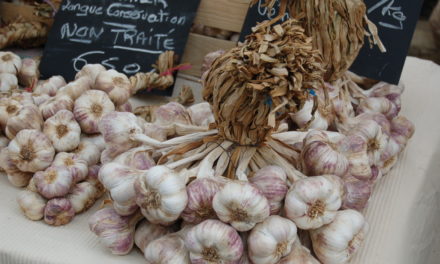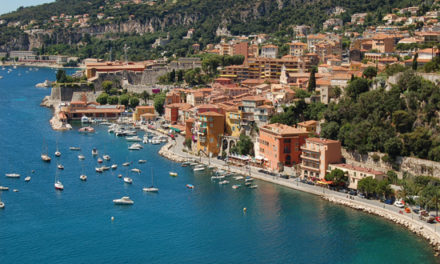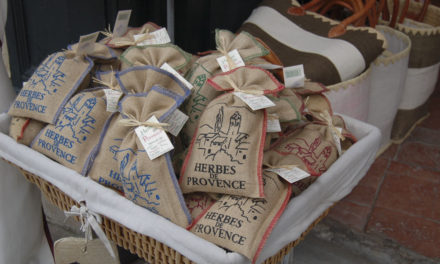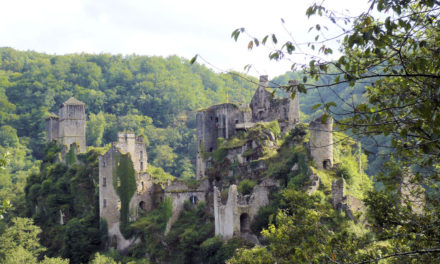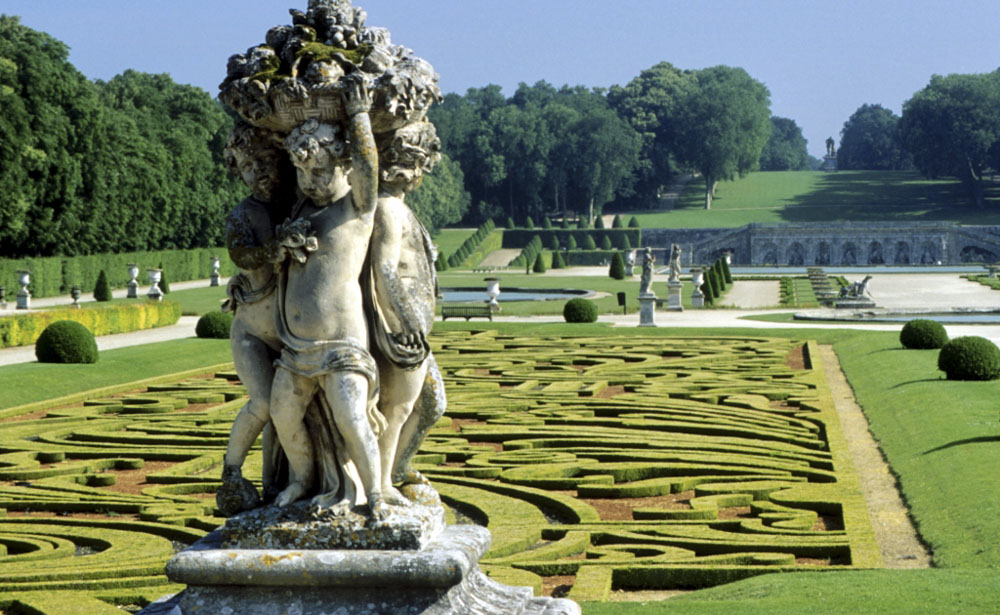
The Ile-de-France is the heart of France and the heartbeat increases as you move towards the bright lights of Paris. The surrounding départements offer a wealth of attractions, including historical and cultural sites as well as many places of natural beauty. Some of the most imposing châteaux of France are to be found here, ranging from the splendour of Versailles to the prestigious palace of Fontainebleau and the harmonious Château de Vaux-le-Vicomte, set in its grandiose grounds by the famous gardener, Le Nôtre. In many instances visitors are now welcomed by 3-D technology which transports you into the past, or actors in period costume give you a glimpse of life in a bygone era. There are many royal towns as the court liked to hunt and take its relaxation near to Paris. Ultimately, the majority of the kings and queens of France came to rest in the famous basilica at Saint Denis. At Malmaison, also popular with the Impressionists, Napoleon and Josephine had their love nest at the Château de la Petite Malmaison.
The region was beloved by writers and artists, the latter drawn by the gentle light and soft landscapes bordering the rivers, most notably the Seine, Marne and Oise from which they took their inspiration. Nogent-sur-Marne and Auvers-sur-Oise are birthplaces of the Impressionist movement. Manet, Bazille, Renoir and Sisley painted here and Van Gogh, who is buried in the Auvers-sur-Oise cemetery, painted his famous wheat field nearby. Many lansdscape artists followed in the footsteps of Daubigny to the region around Barbizon. The tomb of Rodin is at Meudon, as is a museum of his clay and plaster sculptures, whilst many famous Russians, including Rudolph Nureyev, are buried at Ste-Geneviève-des-Bois. The homes of Debussy, Ravel, Balzac, Rousseau, Victor Hugo, Emile Zola and Chateaubriand were all in this region and are now museums which feature their works. Here, too, is the Château de Monte Cristo built by Alexandre Dumas after his success with his work ‘The Three Musketeers’.
The opportunities for entertainment and leisure are immensely varied, ranging from the famous Euro Disney park and the nearby Sea Life Paris aquatic park to the Casino in Enghien-les-Bains, cruising along the Seine and enjoying the ambience of the guingettes (riverside restaurants offering music and dancing), following the signposts and circuits into the heart of the countryside and enjoying the medieval festivals and candle-lit events at the many historic monuments. With 270,000 hectares of forest and 700 kilometres of canals and rivers, there is no shortage of spots to enjoy a picnic and some of the excellent regional produce. Soft Brie from Meaux, Melon, Nangis or Coulommiers, rose jam from Provins, Meaux mustard, Essonne cress, poulet rôti from Houdan, or braised duck with cherries from Montmorencey. An intoxicating mixture of the rural and historic, the Ile de France combines all that is enjoyable about French rural life with proximity to the buzzing metropolis that is Paris. The region is a glittering show case of some of the finest examples of what France can offer. Copyright: Sarah Francis
Departments in Paris-Ile-de-France :-
Paris (75)
Seine et Marne (77) – Main Town : Melun
Yvelines (78) – Main Town : Versailles
Essone (91) – Main Town : Evry
Hauts de Seine (92) – Main Town : Nanterre
Seine St Denis (93) – Main Town : Bobigny
Val de Marne (94) – Main Town : Creteil
Val d’Oise (95) – Main Town : Pontoise
Book a Hotel in Paris Ile-De-France
Rent a Chateau near Paris-ile-de-France


